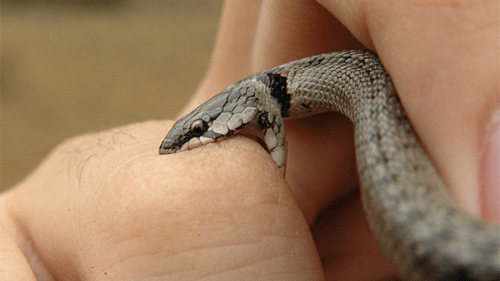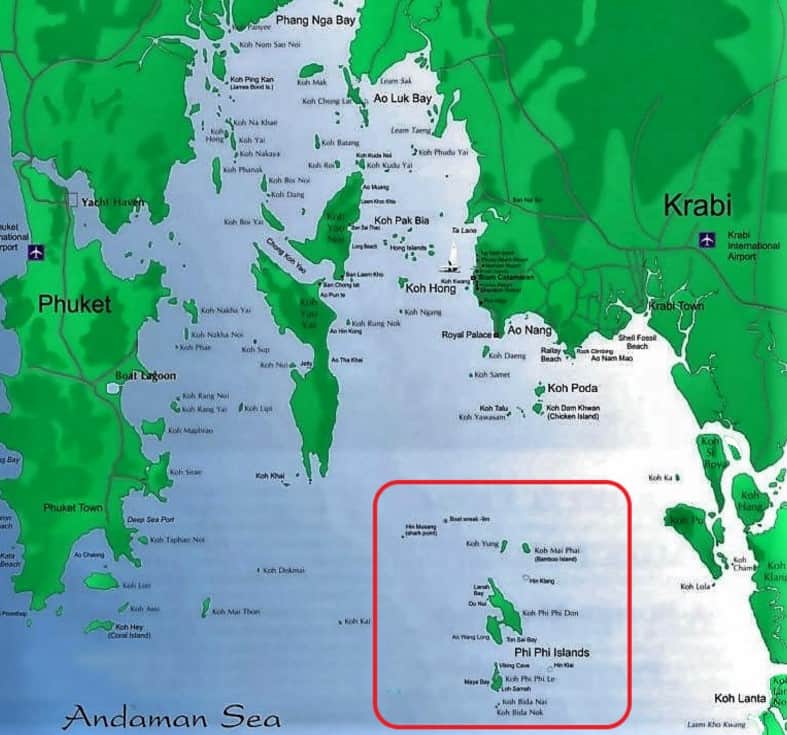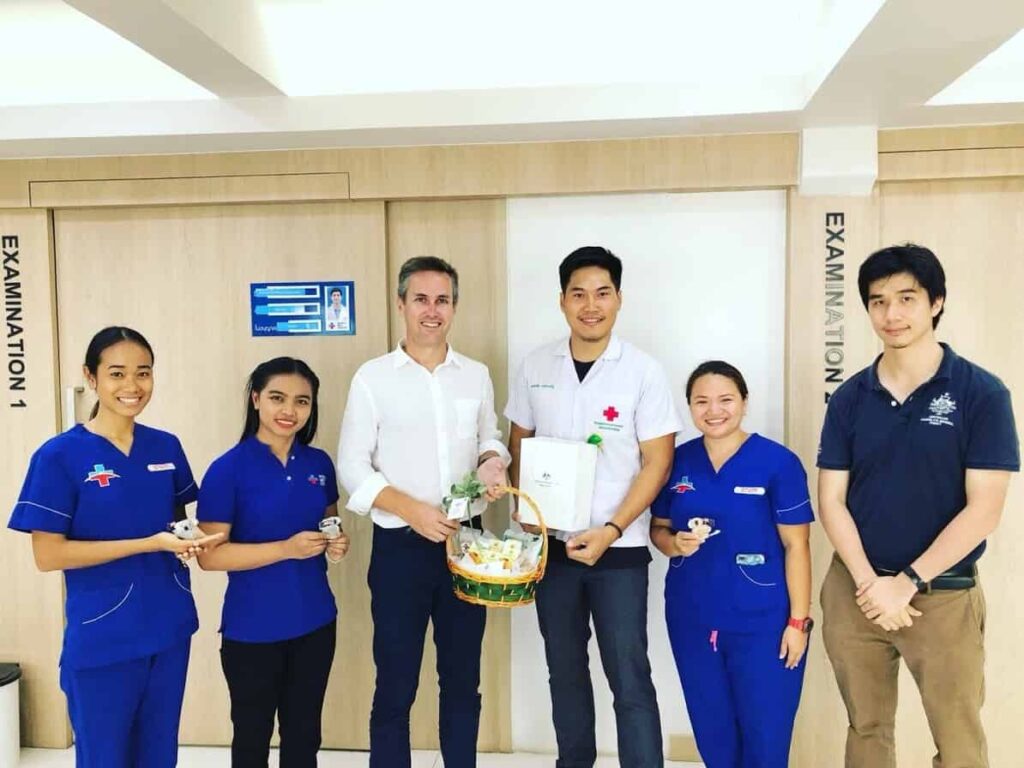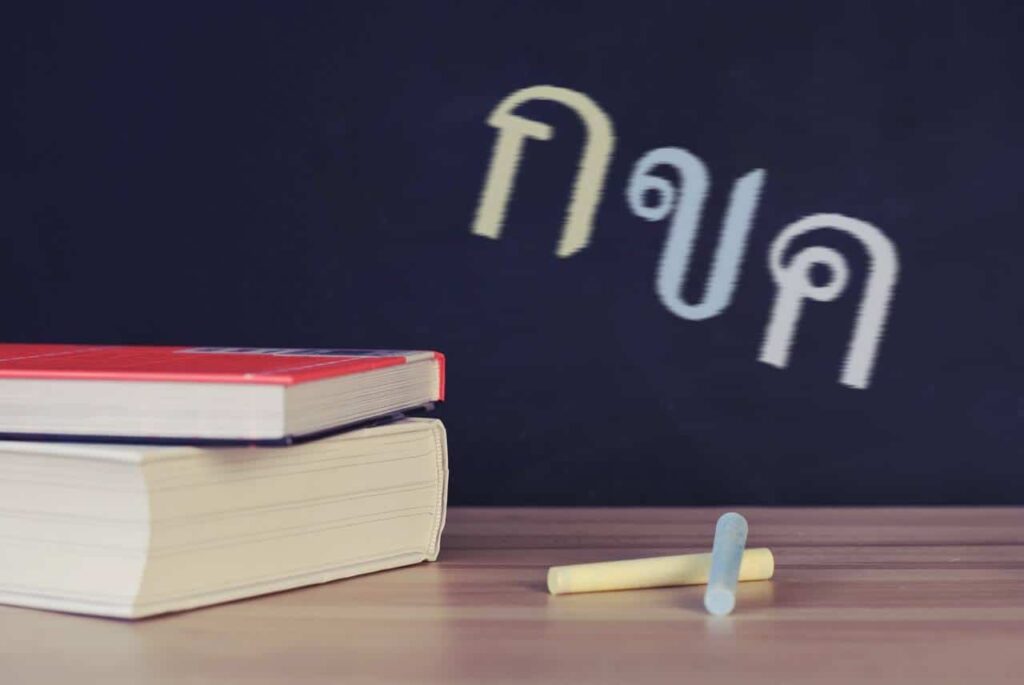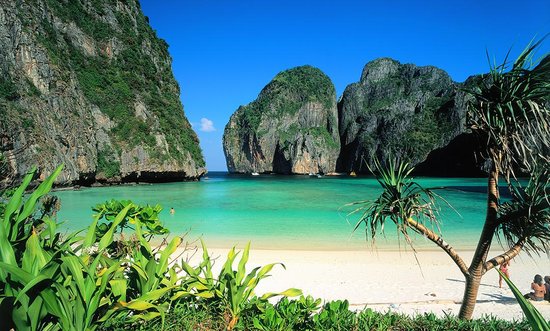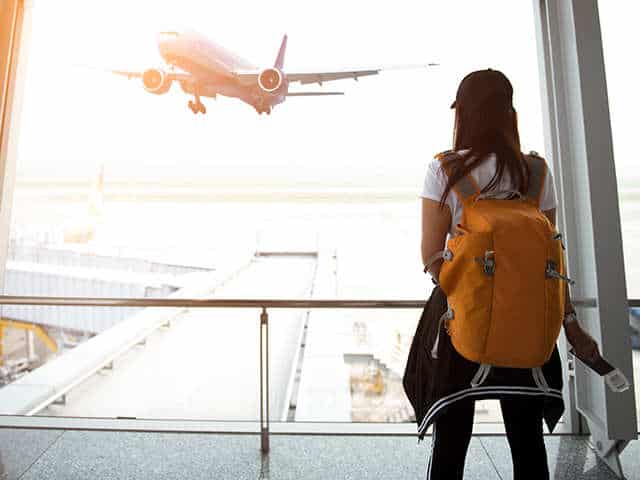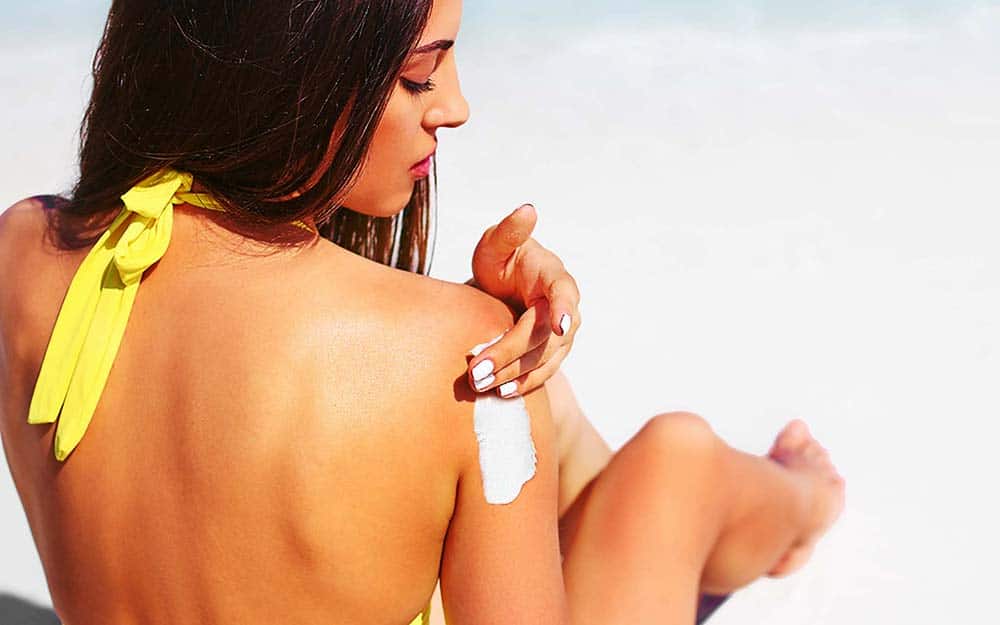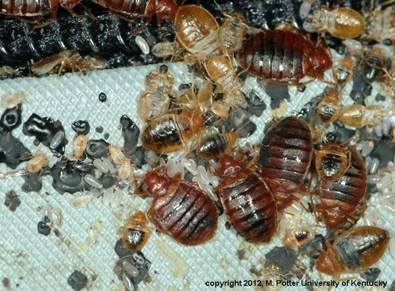ดูแลตนเองช่วงตั้งครรภ์ อย่าง Healthy & Strong ด้วย 5 เทคนิค
https://worldmed.center/wp-content/uploads/2023/11/MOTHERIFE-Tips-EP.1-5-เทคนิคดูแลตัวเองระหว่างตั้งครรภ์อย่าง-healthy-strong.mp4 เมื่อคุณแม่ต้อง…ดูแลตนเองระหว่างตั้งครรภ์ จะมีเทคนิคอย่างไรบ้างน๊า? สวัสดีคุณแม่ผู้รักสุขภาพทุกท่านครับ ยินดีต้อนรับเข้าสู่สาระประโยชน์ดีๆสำหรับคุณแม่และลูกน้อยกับ Motherife Tips EP. แรกครับ สำหรับตอนนี้ก็ว่ากันถึงเทคนิคการดูแลตัวเองซึ่งถือเป็นข้อปฏิบัติสำคัญสำหรับการเป็นคุณแม่มือใหม่ครับ ทีมงาน Motherife หวังว่าเนื้อหาใน EP. แรกนี้และสาระใน EP. ถัดไปจะเคียงข้างคุณแม่ ร่วมเดินทางสู่พัฒนาการที่สมวัยของเจ้าตัวเล็กไปพร้อมๆกันครับ 5 เทคนิค ดูแลตัวเองระหว่างตั้งครรภ์ 5 เทคนิค ดูแลตัวเองระหว่างตั้งครรภ์ ดูแลตัวเองช่วงตั้งครรภ์ อย่าง Healthy & Strong ด้วย 5 เทคนิค และนี่คือ 5 เทคนิคเบื้องต้นที่จะช่วยให้ทั้งคุณแม่และลูกน้อยมีแนวโน้มทางสุขภาพที่ดี 1.การฝากครรภ์ถือเป็นอันดับแรก หัวใจสำคัญของการ ดูแลตนเองช่วงตั้งครรภ์ คือ “การฝากครรภ์” นั่นเองครับ เพื่อที่คุณแม่จะได้รับคำปรึกษาจากแพทย์ผู้เชี่ยวชาญและเข้ารับการรักษา รวมทั้งวางแผนการดูแลตัวเองขณะตั้งครรภ์ได้อย่างถูกต้องและเหมาะสม โดยคุณแม่ควรเข้ารับการฝากครรภ์ก่อนอายุครรภ์ครบ 12 สัปดาห์ หรือให้เร็วที่สุดตั้งแต่รู้ตัวว่าตั้งครรภ์ เพื่อความปลอดภัยของคุณแม่และทารกในครรภ์ โดยแพทย์จะทำการนัดหมายเพื่อตรวจครรภ์ตลอดช่วงตั้งครรภ์ ไปจนถึงวันคลอดตามความเหมาะสมและตามภาวะแทรกซ้อนที่เกิดขณะตั้งครรภ์ 2.สารอาหารที่ดีมีผลต่อทารก นอกจาก โปรตีนจาก เนื้อสัตว์ และ คาร์โบไฮเดรตจาก ข้าวไม่ขัดสีแล้ว ใยอาหาร (ขิง กล้วย มะละกอ) แคลเซียม (โยเกิร์ต ธัญพืช) ไอโอดีน กรดโฟลิค และ ธาตุเหล็ก (งา ถั่วแดง) จะช่วยให้ทารกในครรภ์มีน้ำหนักที่พอดี มีการเจริญเติบโตทั้งทางร่างกายและสมองอย่างสมบูรณ์ 3.พลังงานและการคุมน้ำหนัก พลังงานที่คุณแม่ควรได้รับต่อวันในแต่ละช่วงมีดังนี้ ช่วงตั้งครรภ์ 1-3 เดือนแรก ควรได้รับพลังงาน 2,050 กิโลแคลอรีต่อวัน ช่วงตั้งครรภ์เดือนที่ 4-6 ควรได้รับพลังงานเพิ่มขึ้นจากเดิมวันละ 350 กิโลแคลอรี ช่วงตั้งครรภ์เดือนที่ 7-9 ควรได้รับพลังงานเพิ่มขึ้นจากเดิมวันละ 470 กิโลแคลอรี 4.ดูแลตนเองช่วงตั้งครรภ์ ด้วยการออกกำลังกายอย่างเหมาะสมได้ การออกกำลังกายของคุณแม่ตั้งครรภ์จะช่วยให้ปอด หัวใจ กระดูก และกล้ามเนื้อ ของคุณแม่แข็งแรง ทารกในครรภ์ได้รับออกซิเจนมากขึ้นด้วย คุณแม่สามารถเริ่มการออกกำลังกายได้ในช่วงหลังเดือนที่ 4 ของการตั้งครรภ์ กิจกรรมได้แก่ การเดิน การว่ายน้ำ การเต้นแอโรบิค การปั่นจักรยานอยู่กับที่ โยคะ เป็นต้น แต่ที่ควรงด คือ การออกกำลังกายประเภทใช้แรงเยอะ หรือเกร็งหน้าท้องที่อาจเป็นอันตรายต่อทารกได้ 5.สภาพจิตใจของคุณแม่สัมพันธ์กับสุขภาพของทารก เมื่อคุณแม่ตั้งครรภ์มีความเครียด สารเคมีในร่างกายจะมีการเปลี่ยนแปลงทันที อาจทำให้เสี่ยงคลอดก่อนกำหนด น้ำหนักตัวน้อยเมื่อแรกเกิด มีความเสี่ยงเป็นออทิสติก หรือบกพร่องทางภาษา รวมทั้ง มีความเสี่ยงในพัฒนาการล่าช้ากว่าเด็กวัยเดียวกัน คุณแม่สามารถเริ่มต้นจากการนอนหลับพักผ่อนให้เพียงพอ นอกจากนี้ ควรหาสถานที่พักผ่อนหย่อนใจ จัดบรรยากาศให้เอื้ออำนวยต่อการพักผ่อนอย่างเหมาะสม หรือ รับประทานอาหารที่มีวิตามินบี 1 (เช่นข้าวโอ๊ต) ซึ่งช่วยเพิ่มการผลิตเซโรโทนิน (Serotonin) ในสมอง จัดเป็นฮอร์โมนแห่งความสุข และช่วยลดอารมณ์แปรปรวนได้ดีทีเดียว อย่างไรก็ตาม มีปัจจัยสำคัญอีกมากมายที่คุณแม่จำเป็นที่จะต้องเรียนรู้ ทั้งการฝึกฝนทักษะการปั๊มน้ำนม การจดบันทึกการดิ้น การอุ้มทารก การสร้างพลังใจเพื่อป้องกันภาวะซึมเศร้าหลังคลอด สิ่งเหล่านี้ล้วนเป็นภารกิจที่ยิ่งใหญ่สำหรับคนเป็นแม่ทีเดียวครับ Worldmed ขอเป็นส่วนหนึ่งในการสนับสนุนการดูแลสุขภาพทั้งภายในและภายนอก ขอให้คุณแม่ทุกท่านมีสุขภาพดีและเลี้ยงทารกได้อย่างราบรื่นครับ ติดตามสาระใน EP.ถัดไปได้ที่ช่องทางนี้ หรือ www.worldmedsolution.com บทความ : ดูแลตนเองช่วงตั้งครรภ์ อย่าง Healthy & Strong ด้วย 5 เทคนิค กลับสู่หน้าหลักบทความ
ดูแลตนเองช่วงตั้งครรภ์ อย่าง Healthy & Strong ด้วย 5 เทคนิค Read More »


